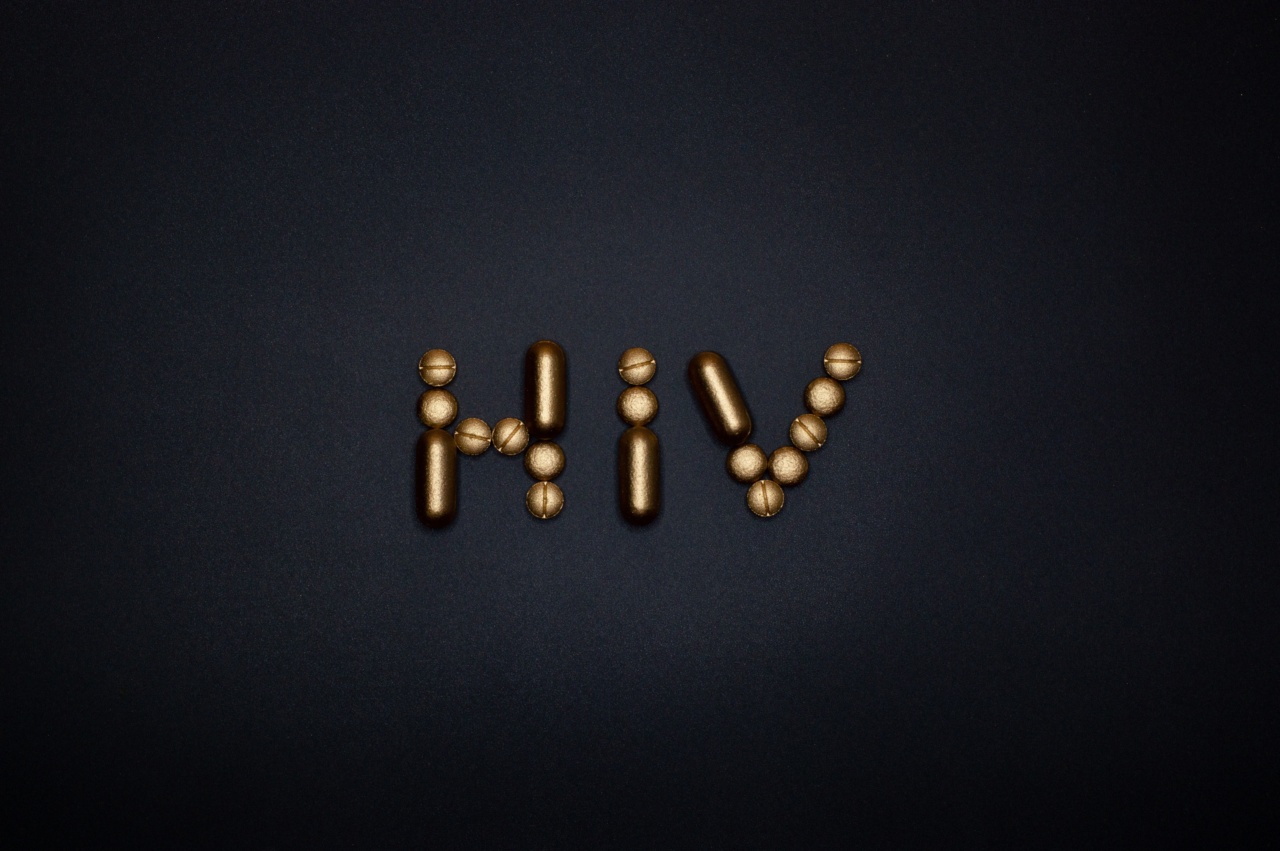Despite significant progress in the treatment and management of HIV, finding a cure for this devastating virus has remained elusive.
However, recent research has unveiled a potential breakthrough in HIV treatment using antibodies that may have the ability to delay virus reappearance. This innovative approach holds promise for millions of HIV patients worldwide, offering them hope for a better quality of life and the possibility of long-term remission.
Understanding HIV and Current Treatment Challenges
Human Immunodeficiency Virus (HIV) is a viral infection that specifically targets and weakens the immune system.
Without proper treatment, it can progress to Acquired Immunodeficiency Syndrome (AIDS), a condition where the body becomes vulnerable to various infections and cancers.
The standard treatment for HIV involves the use of antiretroviral therapy (ART), which suppresses viral replication and maintains the immune system’s functionality.
While ART has been remarkably successful in controlling the virus and allowing HIV patients to live longer, healthier lives, it is not a cure.
A major challenge with current HIV treatment is the persistence of viral reservoirs – dormant HIV-infected cells that can reactivate and produce new virus particles.
These reservoirs are not effectively targeted by antiretroviral drugs, resulting in the need for lifelong treatment and an increased risk of drug resistance.
The Role of Antibodies in HIV Treatment
Antibodies are proteins produced by the immune system that bind to specific targets, like viruses, and help neutralize their harmful effects.
In recent years, researchers have turned their attention to using broadly neutralizing antibodies (bNAbs) in the fight against HIV.
bNAbs are a group of naturally occurring antibodies that have the remarkable ability to neutralize a wide range of HIV strains. They target multiple vulnerable sites on the virus, making it difficult for HIV to escape their action.
This characteristic makes bNAbs an attractive option for developing new treatments.
Promising Results from Antibody Treatment Studies
Several clinical trials have evaluated the efficacy of bNAbs as a potential treatment for HIV. One of the most groundbreaking studies, known as the Antibody-Mediated Prevention (AMP) trial, showcased promising results.
The AMP trial involved more than 4,600 participants across multiple countries, all of whom were at a high risk of acquiring HIV.
The participants were randomly assigned to receive either a placebo or an intravenous infusion of two potent bNAbs, known as VRC01 and VRC07-523, every eight weeks. The trial aimed to evaluate whether these antibodies could prevent HIV acquisition.
While the trial did not show a statistically significant reduction in HIV acquisition overall, a subgroup analysis revealed that participants who had lower levels of preexisting immunity to VRC01 experienced a 75% reduction in HIV risk.
This suggests that bNAbs can be beneficial in certain populations, particularly those who lack natural immunity to the antibodies.
In another study published in the journal Nature, researchers administered a combination of two bNAbs, called 3BNC117 and 10-1074, to a group of 11 HIV-infected individuals who had stopped taking their regular antiretroviral medication.
The results were remarkable – all 11 participants maintained viral suppression for an average of 21 weeks, even without the use of ART.
How Antibodies Delay Virus Reappearance
One of the key reasons why antibodies may delay virus reappearance is their ability to directly attack and eliminate HIV-infected cells.
While antiretroviral drugs primarily target free-floating virus particles, antibodies can bind to infected cells and flag them for destruction by other components of the immune system.
Moreover, bNAbs have the potential to suppress HIV replication in viral reservoirs. By binding to the virus and preventing it from spreading to new cells, bNAbs reduce the overall viral load and slow down the regrowth of the reservoir.
This delay in viral replication may provide a crucial window for the immune system to eliminate the remaining infected cells.
Challenges and Future Directions
Despite the promising results of antibody-based treatments, there are several challenges that need to be addressed before they can become widely accessible for HIV patients.
Firstly, the cost of producing bNAbs in large quantities is currently prohibitive. Manufacturing processes need to be optimized to reduce production costs and facilitate mass production.
Secondly, the administration of bNAbs is currently limited to intravenous infusions, which may not be feasible for long-term treatment.
Research is ongoing to develop alternative delivery methods, such as long-acting injections or implants, that would improve convenience and adherence to the treatment regimen.
Lastly, the potential development of resistance against bNAbs is a concern. HIV has the ability to mutate rapidly, allowing it to evade the effects of certain antibodies.
Thus, combination therapy using multiple bNAbs with different targets may be necessary to mitigate the risk of resistance.
Conclusion
The discovery of antibodies capable of delaying the reappearance of HIV is undoubtedly a significant breakthrough in the quest for an HIV cure.
While there is much work to be done before these treatments become widely available, the progress made so far offers hope for millions of people living with HIV. The use of antibodies, particularly broadly neutralizing antibodies, has the potential to revolutionize HIV treatment and bring us one step closer to a world without this devastating virus.































